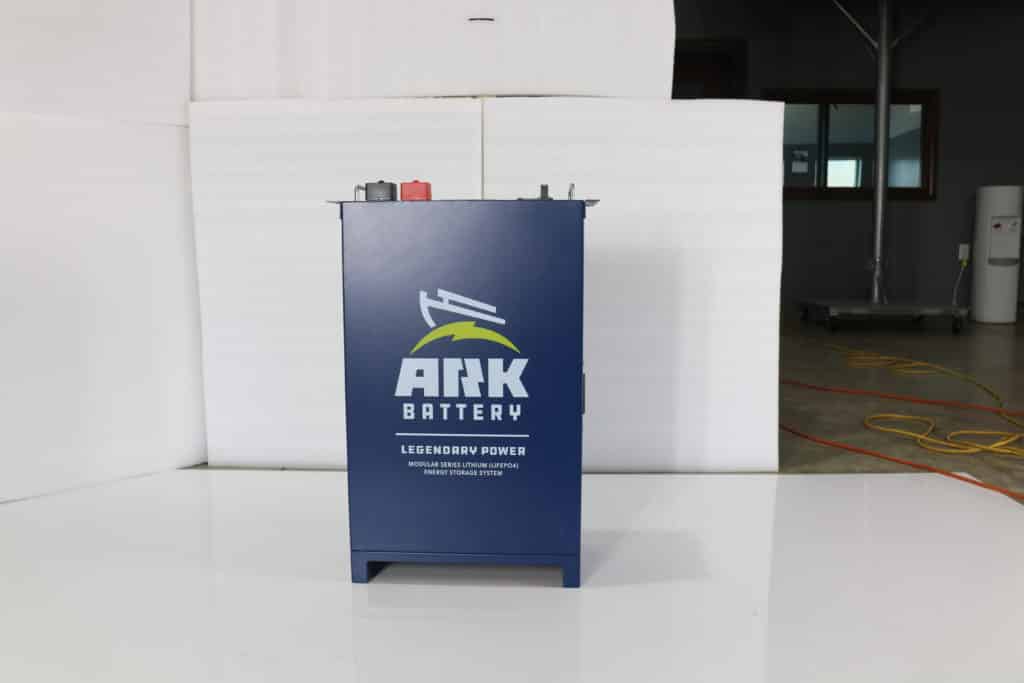Hi All,
I want to set up a battery backup system for power outages.
I have a generator set up on propane, but I would prefer not to run that and use propane.
I am looking at the Sol-Ark 15k: ($8250 and Free shipping during March)
I am not looking to set up solar yet, but I want that option for the future
I have about 40 years of electronics experience, so this sort of thing is not a problem for me to set up
I want a complete package instead of piecing out every component
Looking at my power bill, the average per day is 1341 kwh per day over a 12 month period
I have two buildings tied together and each one has it's own breaker panel
I have a nice spot right next to a breaker panel inside one of the buildings to set up a system
I run my business out of one of the buildings
I only need emergency power backup at this point
My question is, am I on the right track here with the Sol-Ark 15k?
Would two 48v batteries be good to get me started?
Or do I need more?
Like these batteries here?
Are these a good choice?
ARK 48 V 100Ah LiFeP04 Battery

 practicalpreppers.com
practicalpreppers.com
Thanks for any help.
I want to set up a battery backup system for power outages.
I have a generator set up on propane, but I would prefer not to run that and use propane.
I am looking at the Sol-Ark 15k: ($8250 and Free shipping during March)
I am not looking to set up solar yet, but I want that option for the future
I have about 40 years of electronics experience, so this sort of thing is not a problem for me to set up
I want a complete package instead of piecing out every component
Looking at my power bill, the average per day is 1341 kwh per day over a 12 month period
I have two buildings tied together and each one has it's own breaker panel
I have a nice spot right next to a breaker panel inside one of the buildings to set up a system
I run my business out of one of the buildings
I only need emergency power backup at this point
My question is, am I on the right track here with the Sol-Ark 15k?
Would two 48v batteries be good to get me started?
Or do I need more?
Like these batteries here?
Are these a good choice?
ARK 48 V 100Ah LiFeP04 Battery

ARK 48 V 100Ah LiFeP04 Battery - Practical Preppers
Email info@practicalpreppers.com if you have questions The completely modular battery system ARK Battery eBrochure ARK Battery Owner's Manual ARK + Sol-Ark Programming Guide
Thanks for any help.


